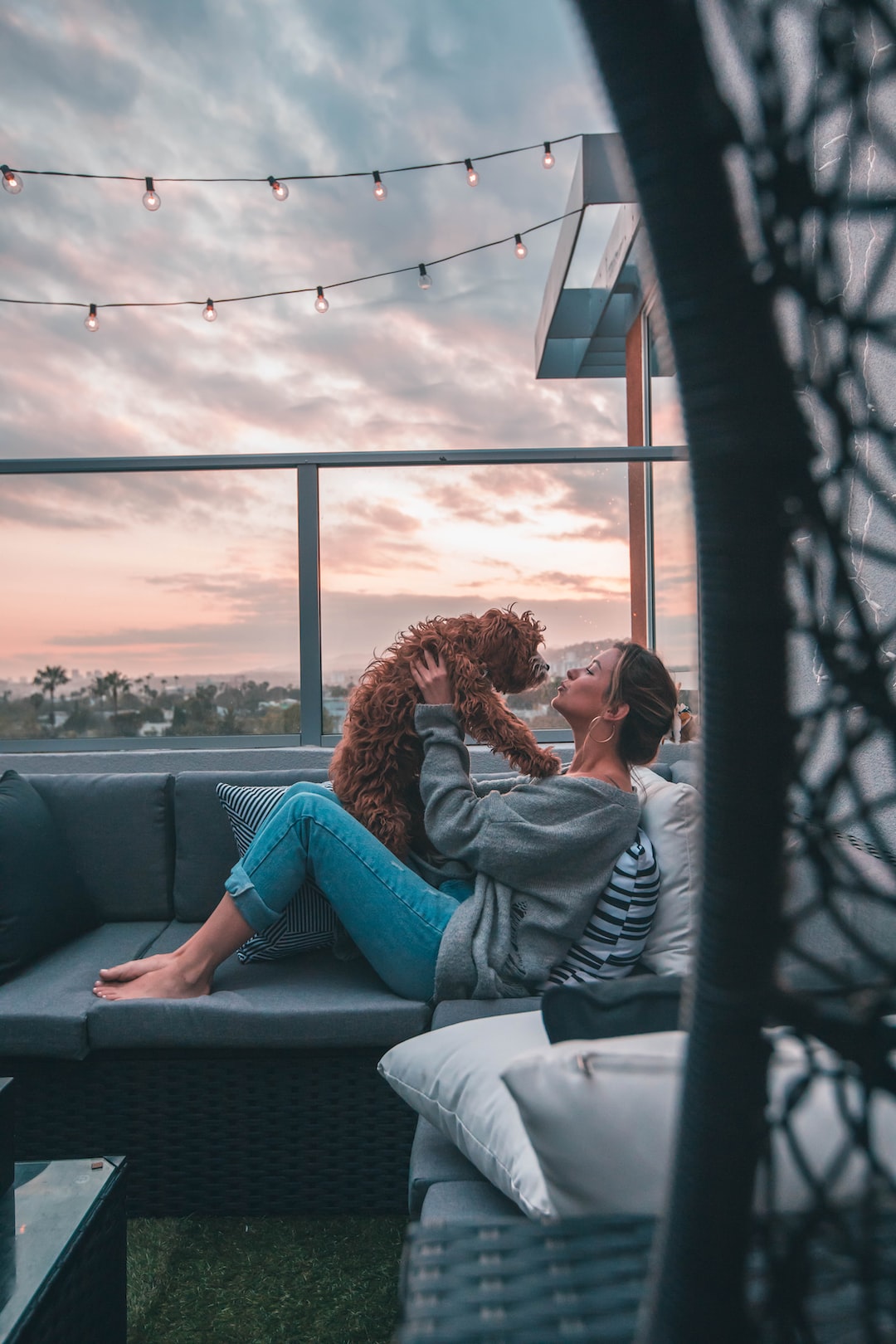Wedding day fashion has always been a topic of fascination and admiration. A bride’s dress is a reflection of her individual style and personality, and it is also a reflection of the cultural and societal norms in which she resides. Bridal fashion has evolved greatly over time from modest, practical garments to extravagant, embellished and complex gowns. Let’s look at the evolution of bridal fashion throughout the years.
Early history:
Wedding dresses have been a part of a bride’s ensemble for centuries. In the past, wedding dresses were a reflection of the economic status of the family, not the bride’s personal taste. Wealthy brides wore gowns made of expensive fabrics such as silk, while commoners wore simple dresses made of practical materials like wool and cotton.
Victorian era:
The Victorian era, spanning from 1837 to 1901, saw the rise of the white wedding dress popularized by Queen Victoria. Prior to this, brides wore dresses of any color. Queen Victoria’s dress was a simple, yet elegant white gown, which sparked a trend for the modern white wedding dress.
1920s:
The 1920s saw a drastic change in bridal fashion. Hemlines were raised, and dresses became shorter and simpler. There was a strong focus on art deco patterns, beading and sequins. The bride’s veil also became shorter and more minimalistic, with a close fitting cap instead of the traditional veil.
1950s:
The 1950s brought emphasis on femininity, gracefulness, and elegance. Wedding gowns had large, full skirts and an emphasis on the waistline. Sleeves were short or long, with lace, bows, and beading. Princess Grace of Monaco’s dress, with a fitted bodice, a full skirt and lace accent, became the epitome of glamour and elegance, and often is replicated in contemporary gowns.
1970s:
The 1970s saw a significant shift from traditional wedding dress to bohemian style gowns, influenced by the hippie movement. These dresses were more relaxed, made from lightweight materials such as cotton, with laces, ruffles, and other details that added a rustic and effortless charm.
1980s:
The volume in wedding gowns continued but with more structured, dramatic, and embellished designs. Extravagant taffeta ball gowns with long trains, big shoulder pads, and voluminous sleeves were very popular.
21st century:
Wedding fashion of the 21st century showcased exceptional individuality, divergence, and inclusivity. From timeless classic designs to modern and edgy. Brides now have a vast variety of wedding gowns, with various cuts, fabrics, and styles that suit their personality. Dress styles can range from traditional lace to bohemian styles and off-the-shoulder designs. Anything is now possible in bridal fashion, and brides now have the freedom to select a style that suits their unique taste.
In conclusion, bridal fashion has certainly evolved over the years, showcasing the ever-changing cultural and societal norms. From the first modest gowns, dictated purely by economics, to the prevalent and individualistic styles of today. With fashion trends constantly evolving, it’s exciting to imagine what the wedding gowns of the future might look like.

